Ferrari’s new flagship GT car, the 12Cilindri, is the most powerful pure-combustion car it has yet put into series production.
Revealed on the sidelines of the Miami Grand Prix to commemorate Ferrari’s 70th anniversary in the US, the 12Cilindri “opens a new chapter in Ferrari history”, according to the brand’s chief marketing and commercial officer, Enrico Galliera.
Taking up the mantle from the 812 Superfast, the 12Cilindri ramps up the power, adopts a bold new styling language and introduces a raft of important new technologies. But, crucially, it sticks with Ferrari’s 6.5-litre naturally aspirated V12 after the Maranello firm invested heavily in making its biggest engine compliant with new emissions regulations in order to cater to continued demand.
Galliera said: “It is already compliant to Euro 6e [emission standards], so it is possible to keep selling the car all over the world for the time being and then we will see what happens in the future.
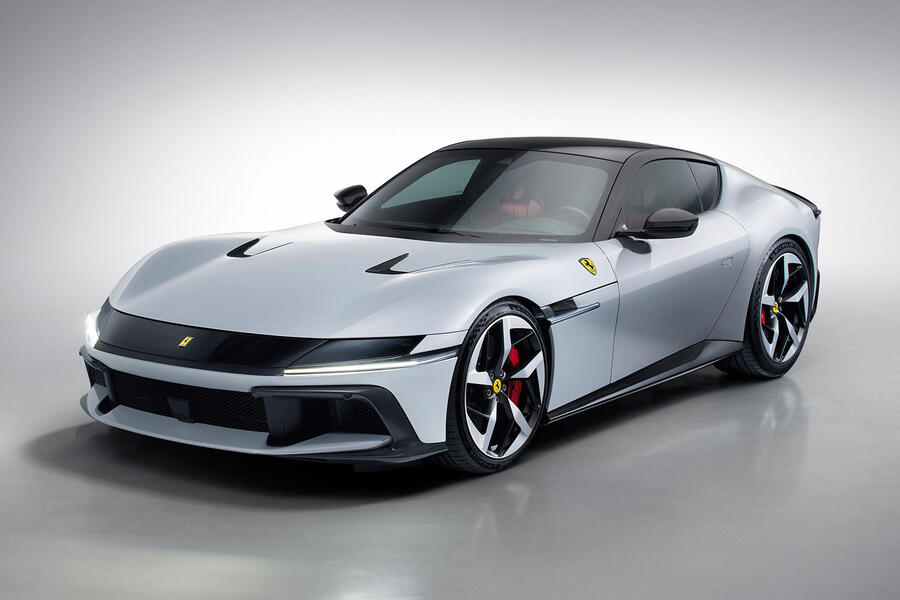
“The work that has been done on this engine to remain performant and compliant with the regulation is absolutely stunning, which is probably one of the reasons why there are not many manufacturers that keep investing in the V12 engine.”
Ferrari has unusually revealed both the hard-top coupé and open-roof Spider variants at the same time, pricing them from €395,000 and €435,000 respectively in Italy.
UK prices will be given closer to the car’s launch here in the first half of 2025. Galliera would not disclose projected sales figures for the new GT flagship “because we don’t believe our business is done by numbers”.
The company previously revealed the Purosangue SUV would account for less than 20% of its total volume, but Galliera said it only publicised this statistic to show that “we were not becoming a utility vehicle producer”.
He emphasised that Ferrari’s growth ambitions are not tied to increases in volume for particular model lines, but rather will come about by expansion into new segments and an increase in profitability per car sold, suggesting the 12Cilindri will be built in similar volumes to the 812 it replaces.


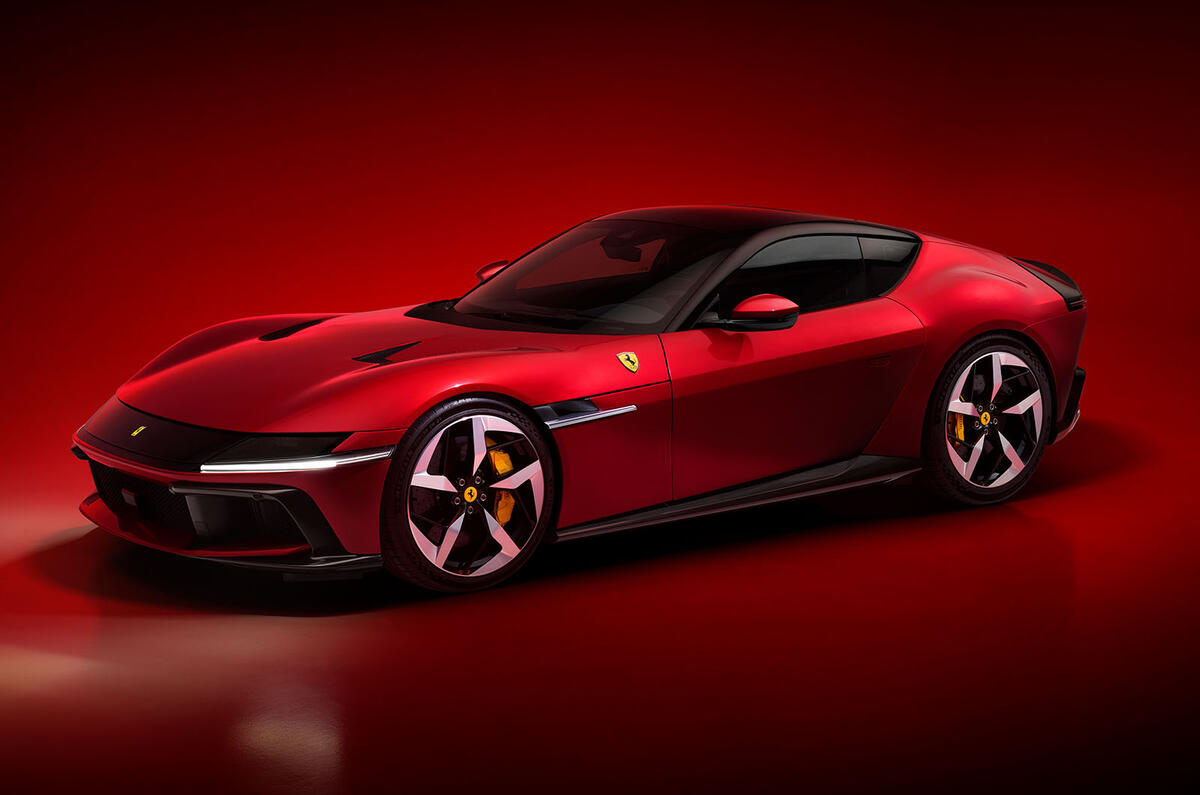
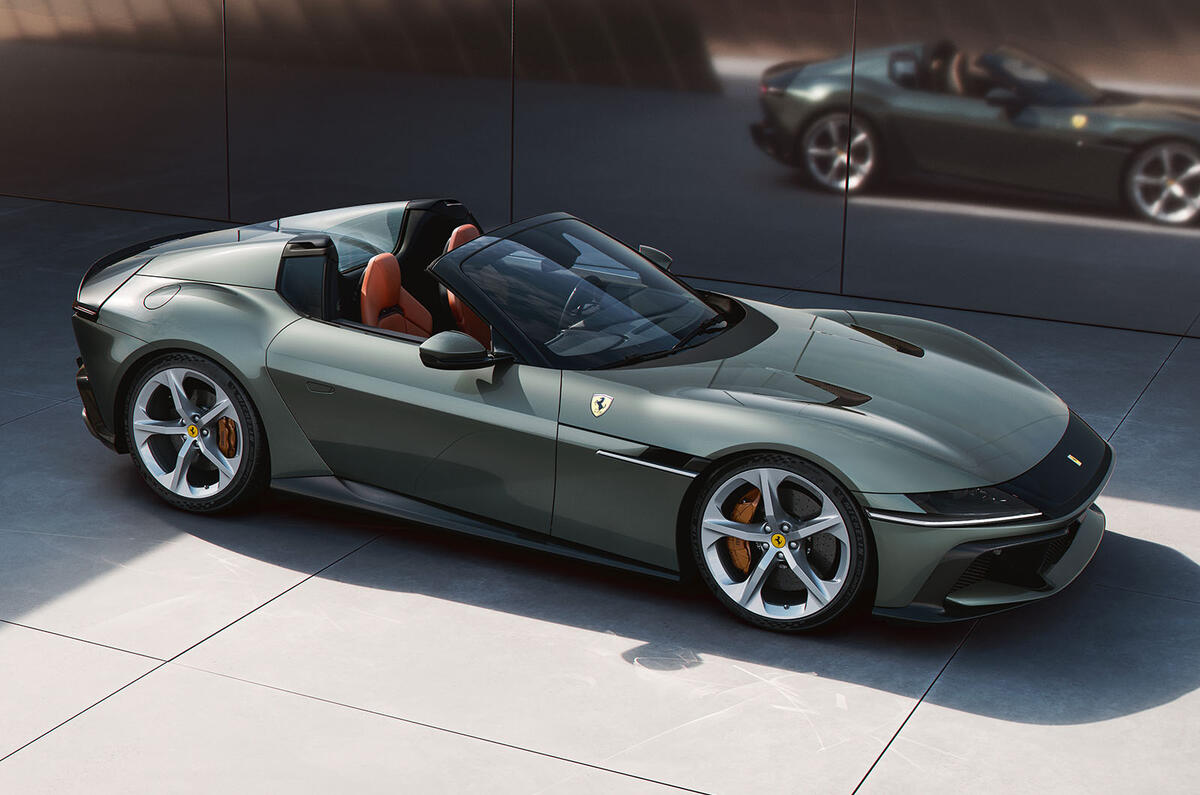

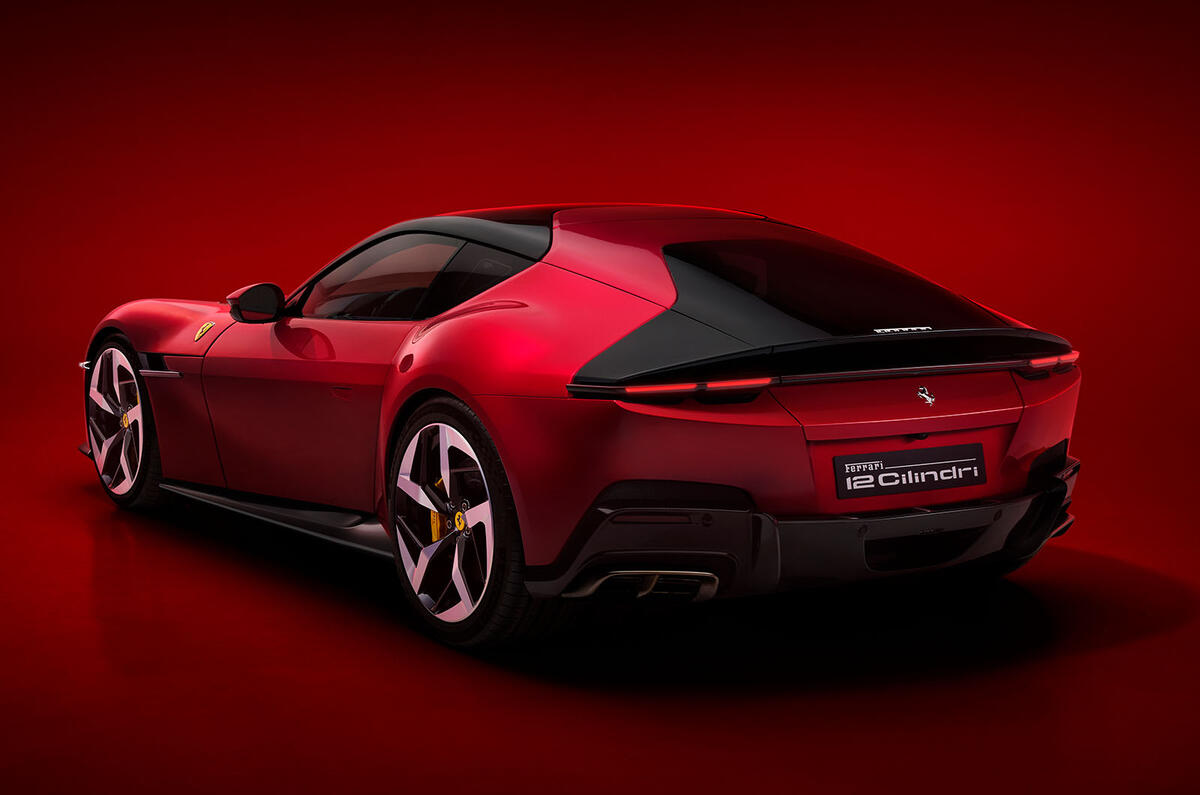
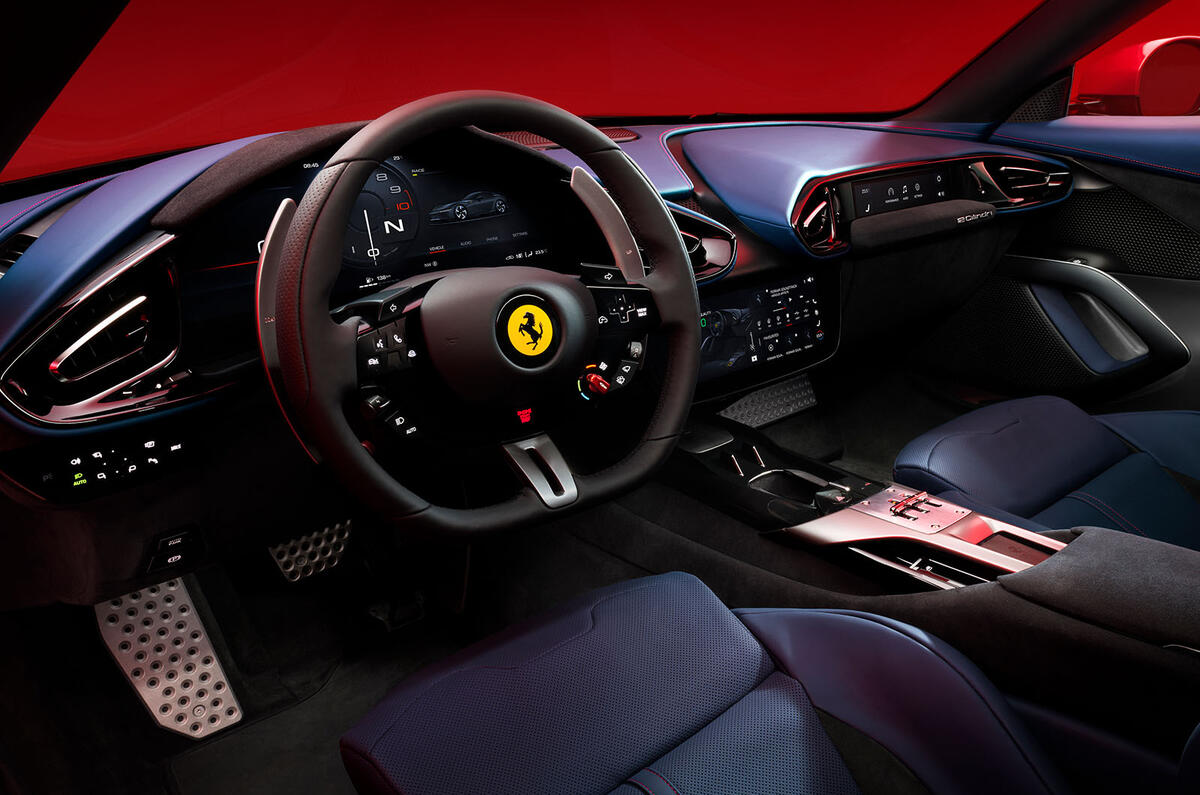
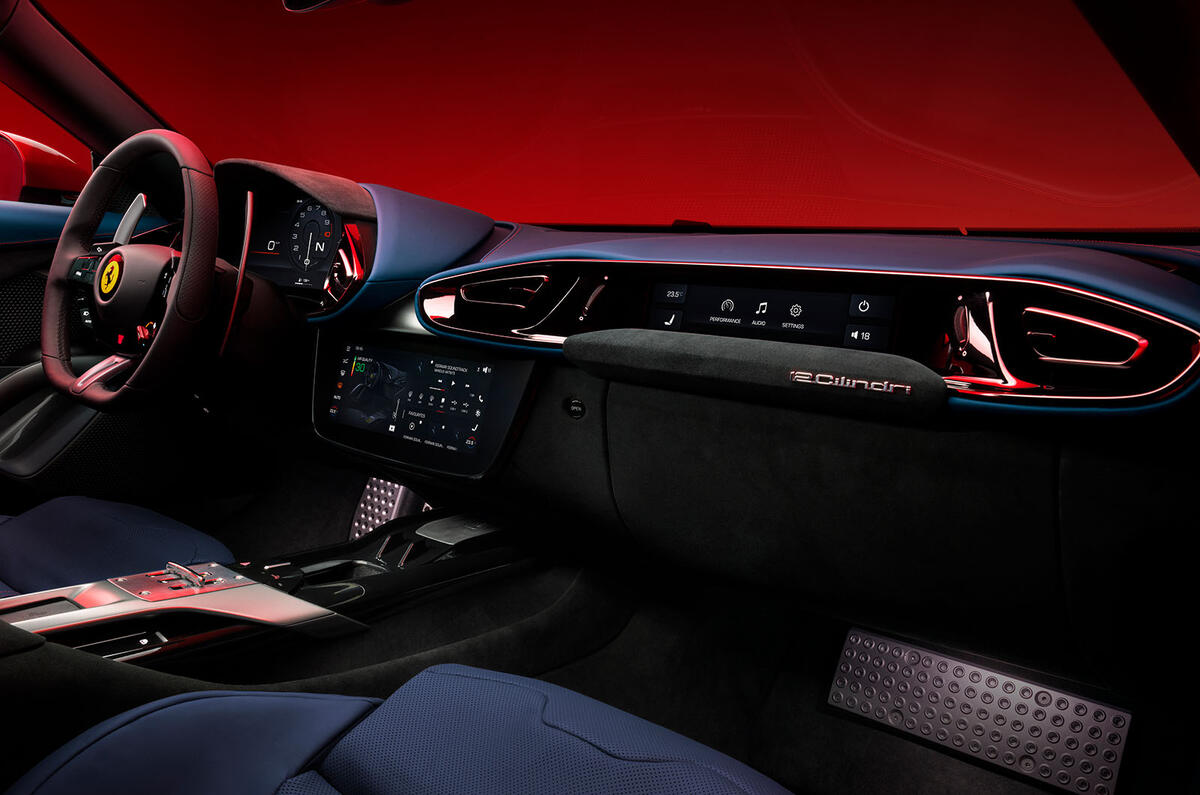

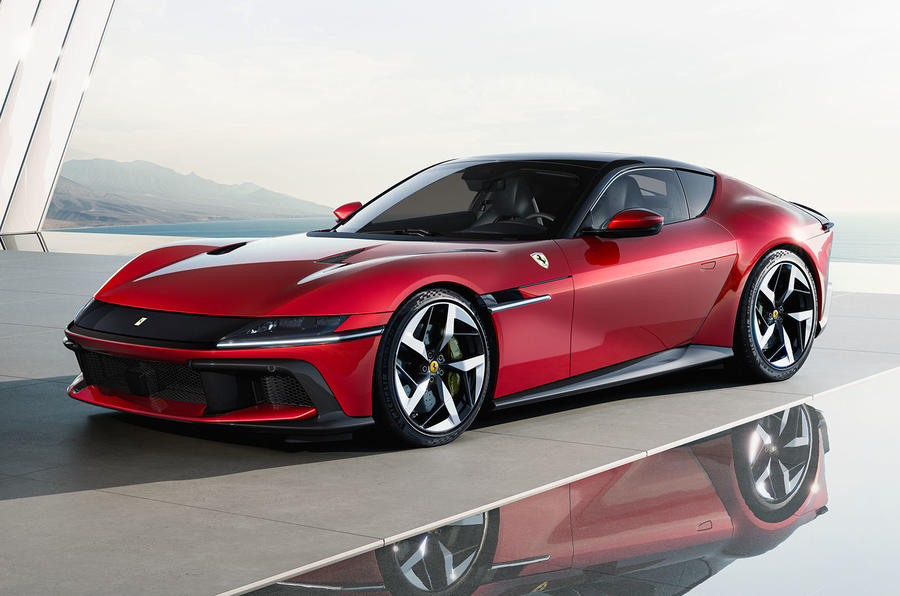



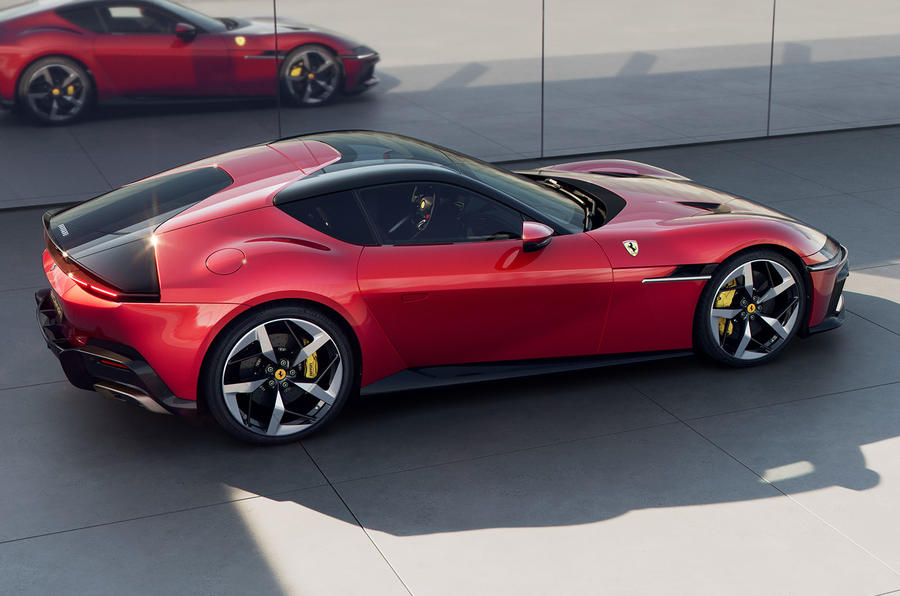


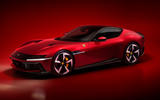














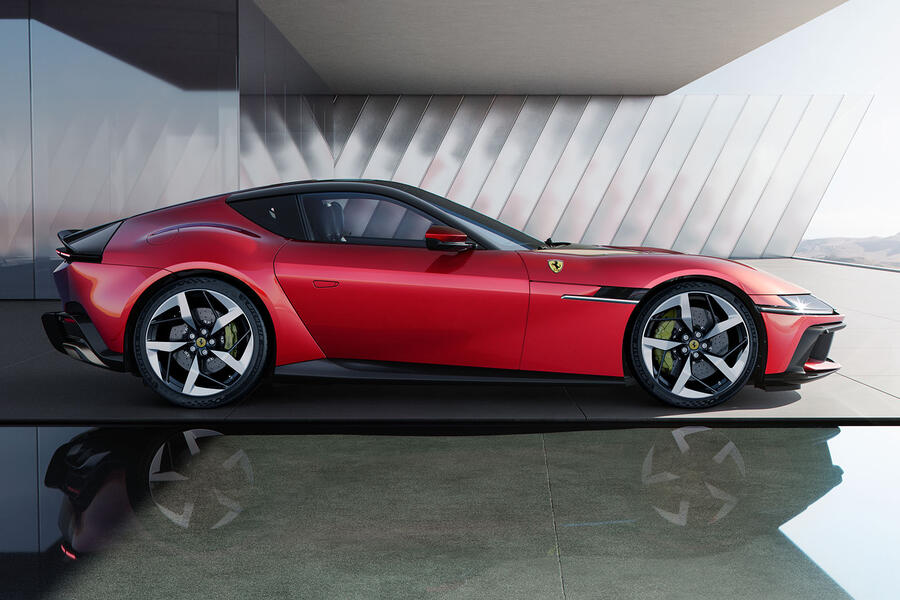
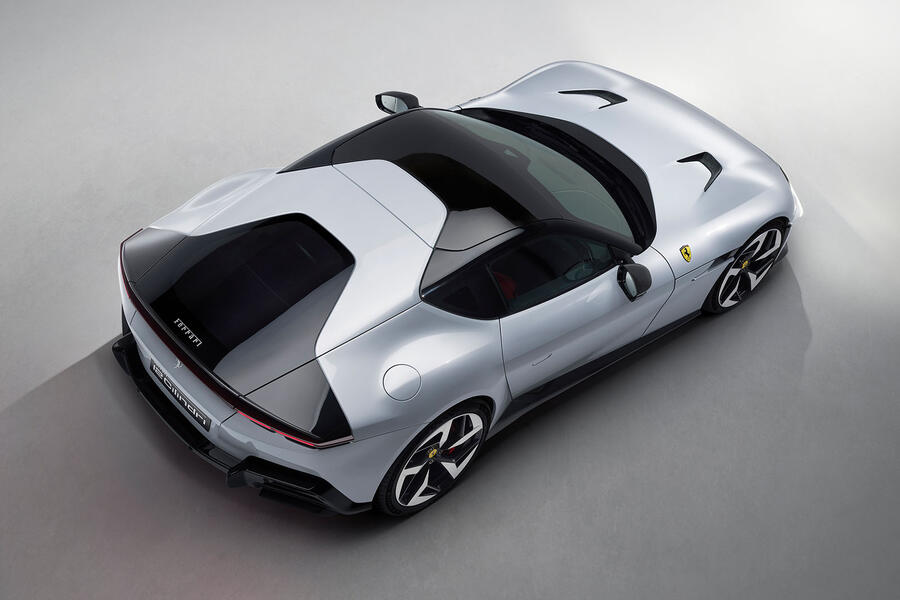

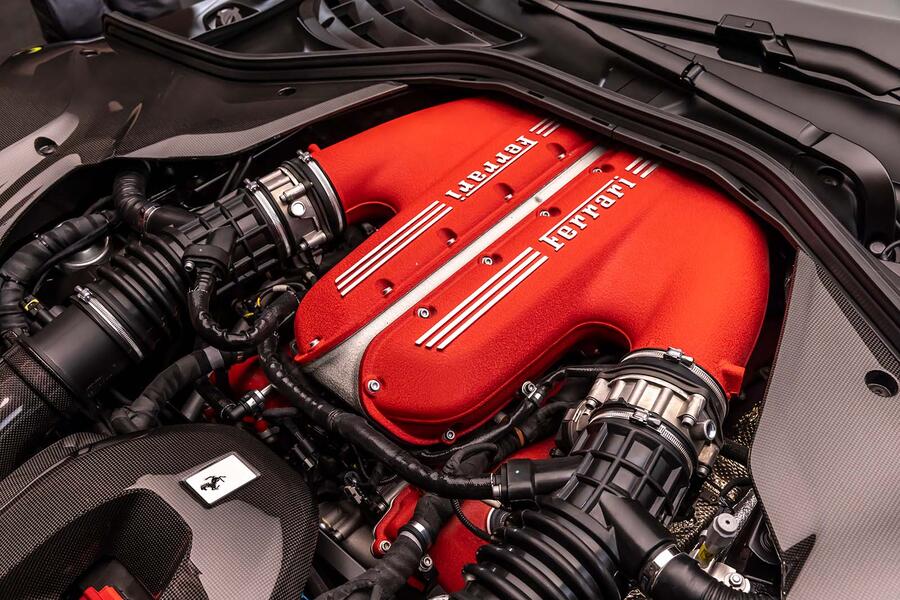
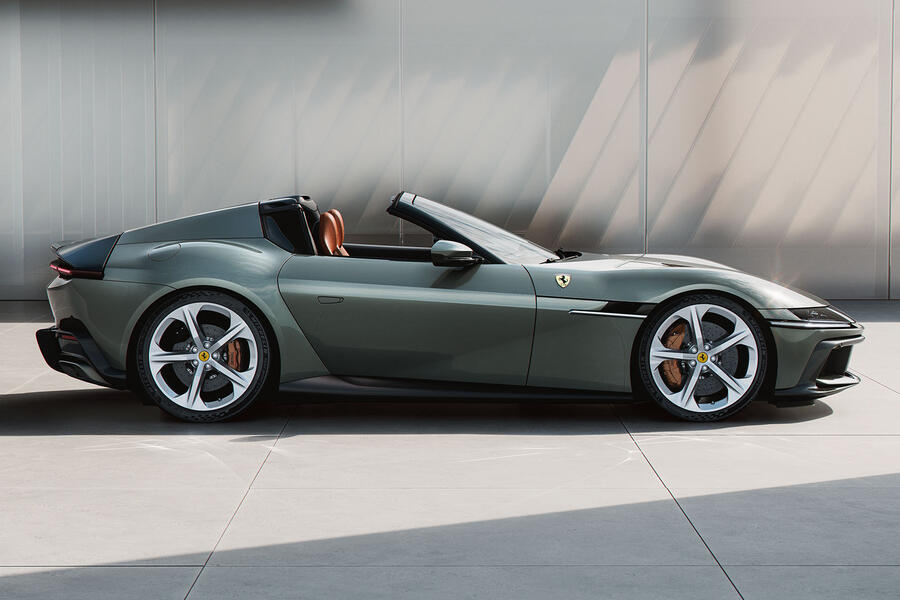
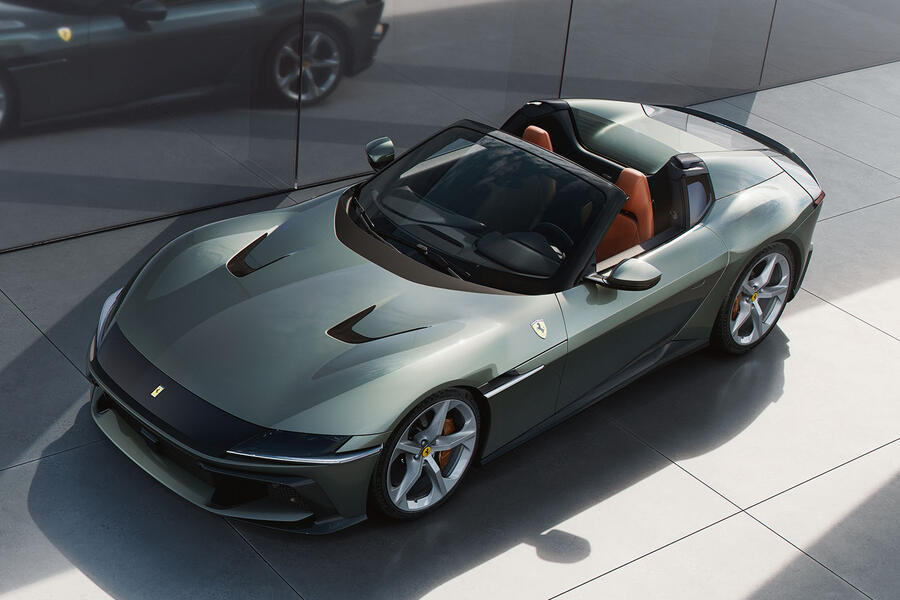
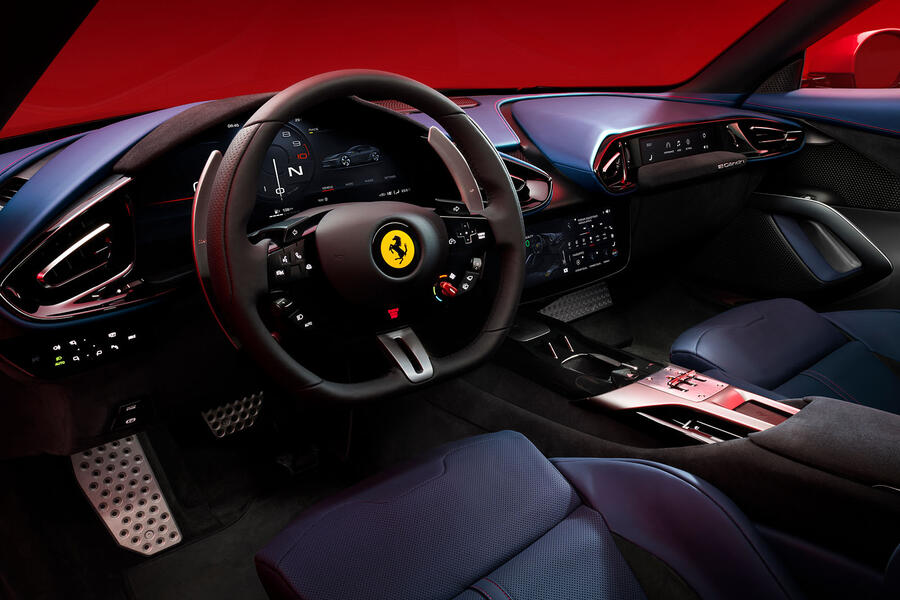
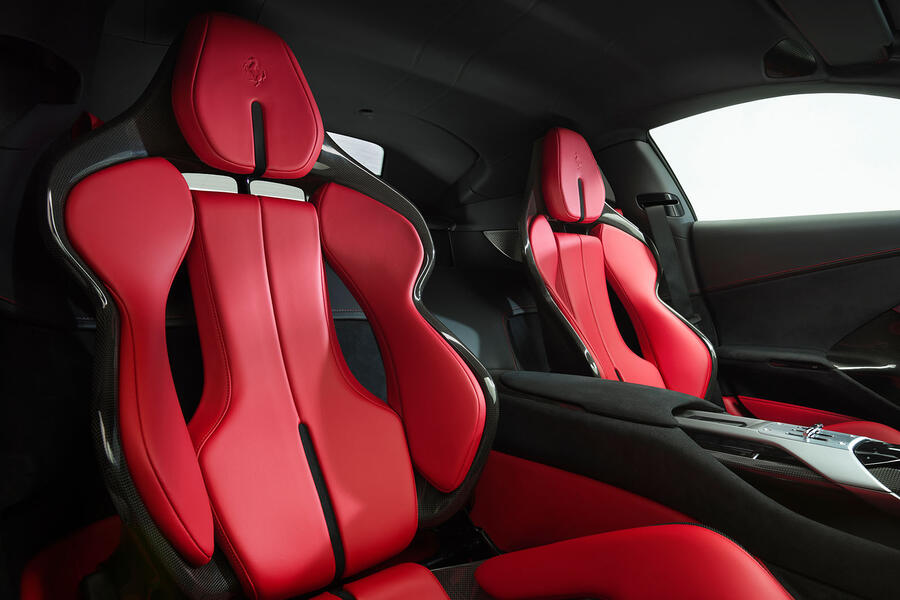






Join the debate
Add your comment
Hello Autocar. I believe it is now time to update your Ferrari price list at the back of the magazine. It's seriously outdated. Why is the F8 Tributo and Spider still in your price list? This car is no longer available at all in any Ferrari dealer. Therefore it needs to be deleted.
Please include the Purosangue to your price list. The car is definitely available.
Later in 2024, you may include the 12 Cylindri. Thank you.
Safe drving from Flt158.
I reckon this looks way better than the Daytona. Daytona's stance is awkward now, details a bit flimsy and chintzy and fragile, practically vintage.
This looks like the Chinese had a go at designing a Ferrari. It's a definite no from me.